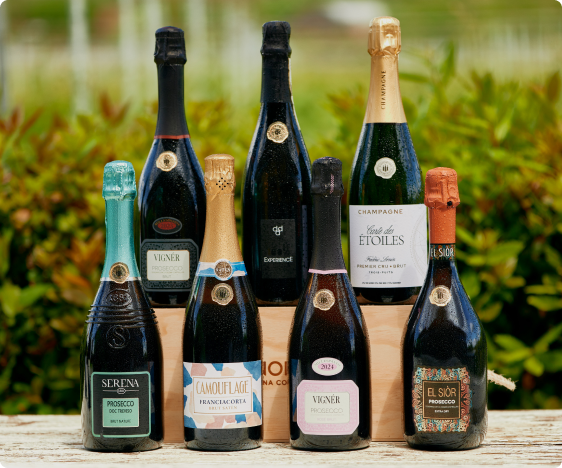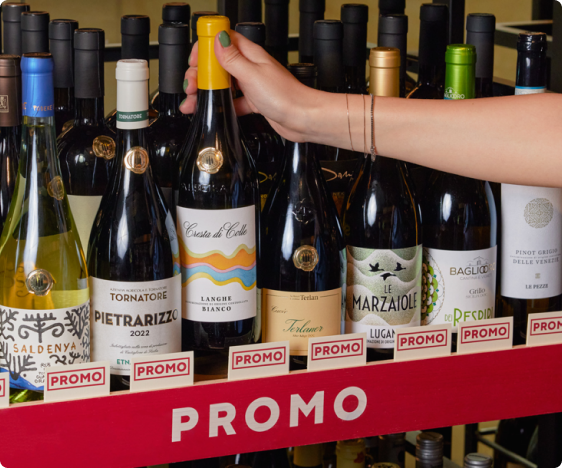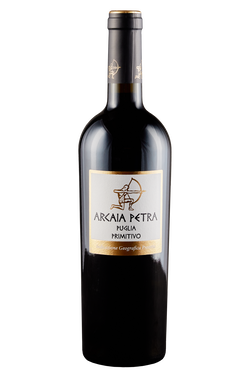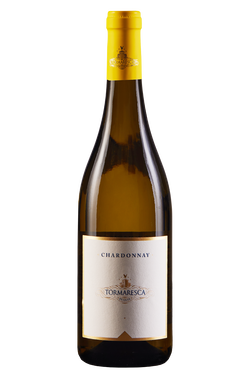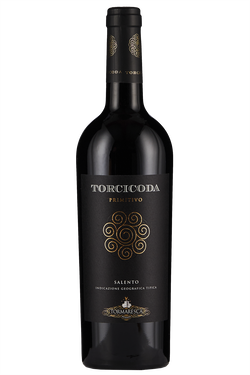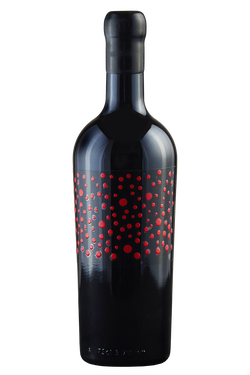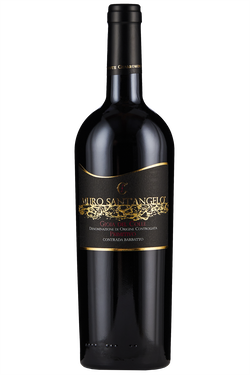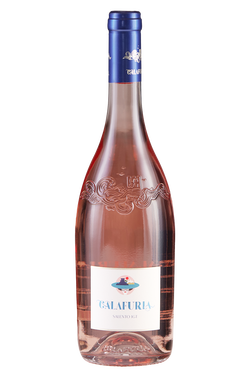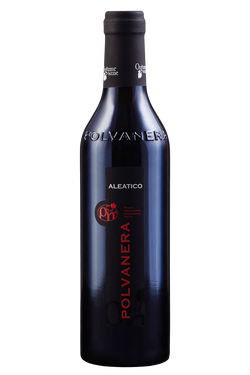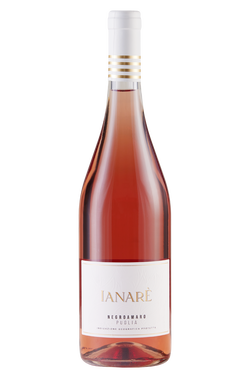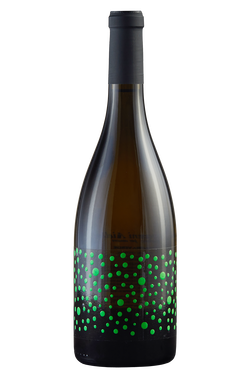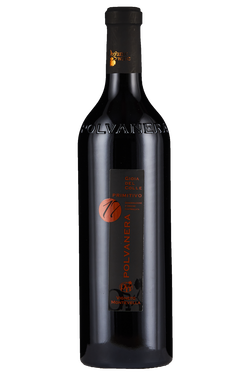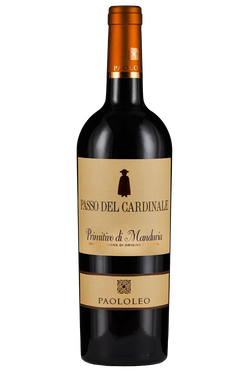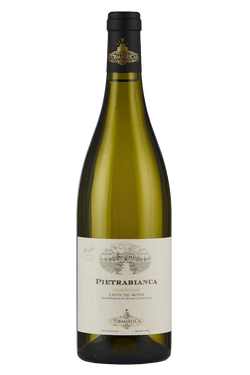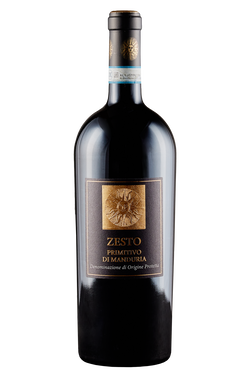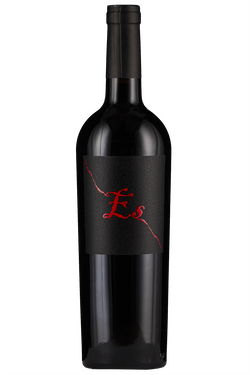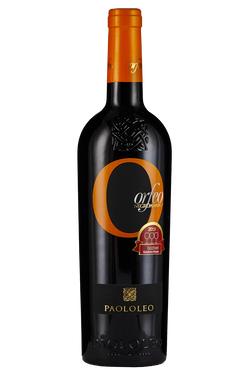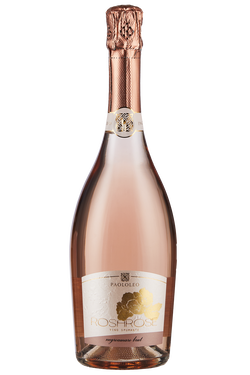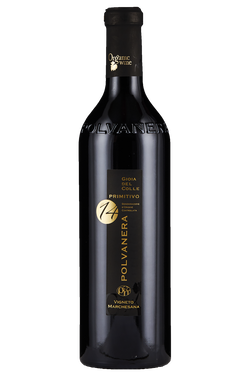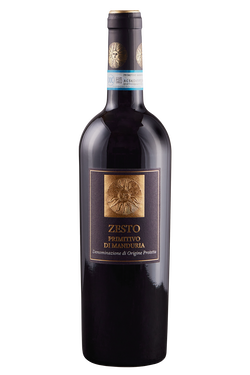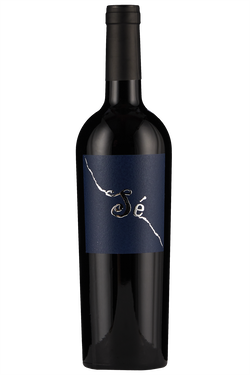- Wines >
- Puglia
The history of wine-making traditions of Puglia’s wines
The native varieties that still exist today in Puglia, such as Uva di Troia and Negroamaro, imported by the Greeks, helped to increase the presence of vineyards in Puglia during the Greek colonisation in the 8th century BC. It was also the Greeks who imported the cultivation method called “bush-training”, which is still very widespread across the region. In this region, like many others, after the arrival of phylloxera in the late ‘70s there was a break in wine production and it only restarted in later years for Apulian wine used as “blending wine” to make other regional wines more consistent and full-bodied. The real value of Apulian wine came to light around 1990, when Apulian wine producers realised the potential of their wines. The area under vine in Puglia covers 87,000 hectares in total, guaranteeing production of 4,900,000 hectolitres per year, of which 79% is DOP and 9% IGP. The Apulian red and rosé wines account for the majority of production (65%), while white wines only 35%.
Puglia’s wine varieties
Some of the most renowned wines from Puglia are Negroamaro, Primitivo, Uva di Troia, Malvasia Bianca,Montepulciano, Aglianico, Bombino Nero, and the distinctive Susumaniello. When it comes to white wines, we have Bombino Bianco and Malvasia Bianca, Verdeca, Bianco d’Alessano, and Fiano. There are various designations of origin for wine from Puglia: 4 DOCG designations (Castel del Monte Bombino Nero DOCG, Castel del Monte Nero di Troia Riserva DOCG, Castel del Monte Rosso Riserva DOCG, and Primitivo di Manduria Dolce Naturale DOCG), 29 DOC and 6 IGT designations. Cultivation here takes place in various areas, from the hills to the plains. Gargano, for example, is an area consisting of volcanic rocks alternating with wooded areas with the typical Mediterranean scrub. Tavoliere delle Puglie, meanwhile, is the flattest area.
Wine-making in Puglia
One of the strengths behind Puglia’s wines is the climate. The sun shines in the summer and all year round in this region. This benefits the land, and the fruit trees, creating juicy and very tasty products. Puglia’s white and red grapes are known for having a bright colour and having good length on the palate. That is why they were primarily used in the early ‘90s as a base for other regional wines that were not as full-bodied and needed more intensity. Tourism in Puglia has now started to open its vineyards to the public, where they can visit, see the production techniques, sample the raw materials and end with a tasting amidst the farmhouses nestled in the Apulian hills. The boom in production also led to a review of production techniques, ensuring higher quality of the final bottle. One of the most popular wines from Puglia is undoubtedly Primitivo di Manduria, one of the 4 DOCG designations. With an orangey-purplish colour, it has length on the palate and is very consistent. Negroamaro, a blend typical of Salento and of Greek origin, has earned the title of Puglia’s iconic wine. Its intense colour with violet reflections is reminiscent of ripe fruit aromas like plum, black cherry and cherry. We must not forget the distinctive Aleatico, a DOC red wine that is more velvety than the previous two but very popular. Thanks to the almost constant presence of the sun, the white wines generally have a light, almost golden colour and are popular as dessert wines because of their sweetness.
How to pair the wines of Puglia
Apulian cuisine is one of the richest and most varied in Italy. Here you can find dishes based on fish, meat and vegetables such as broccoli rabe, kale, aubergine, peppers, and artichoke. The recipes have been handed down from generation to generation and vary according to the area and their traditions there. Aleatico wine goes well with dishes based on fish and shellfish, or it can be sipped as an aperitif with pizza and focaccia. Similarly, Puglia’s Fiano can be paired with fish dishes but also seasonal vegetables, as can Galatina Rosato. Puglia’s red wines are more full-bodied and persistent than the whites and are the perfect pairing for meat-based dishes and vegetable soups, another traditional Apulian dish. Puglia’s wines are some of the most award-winning on the Italian peninsular. In 2021, 44 wine producers were awarded by Gambero Rosso, while the Apulian Taste Vin recognition went to Puer Apuliae Riserva 2015 Rosso DOCG – Nero di Troia from the Rivera Winery.

